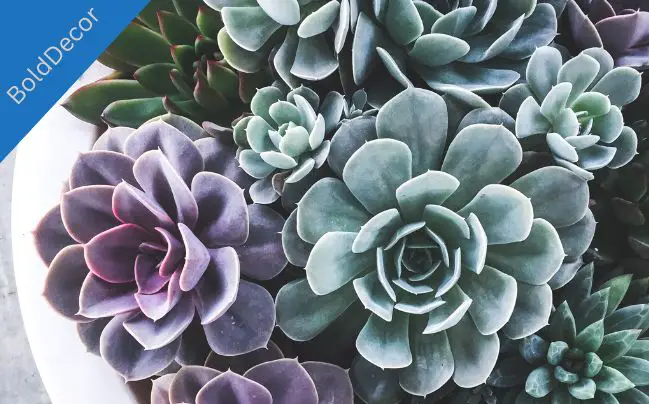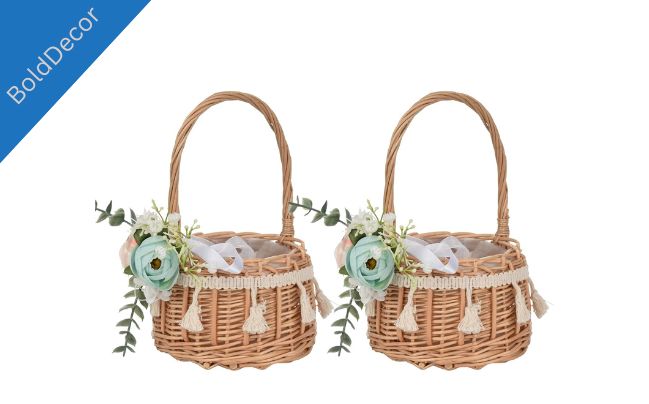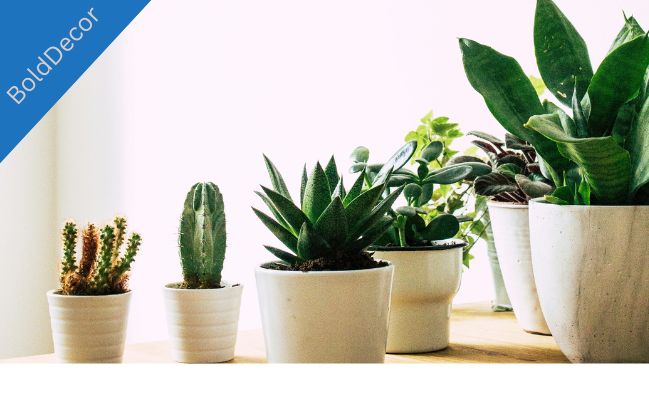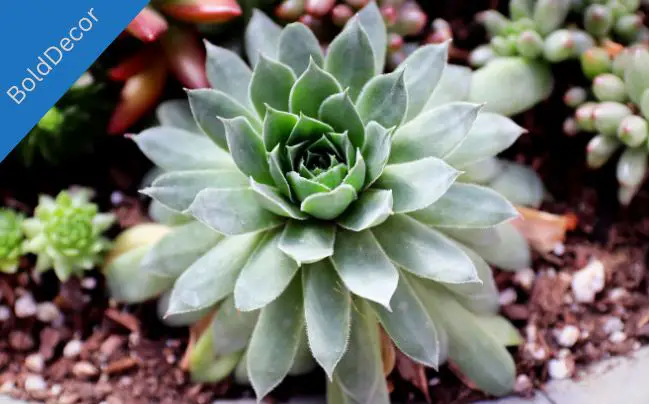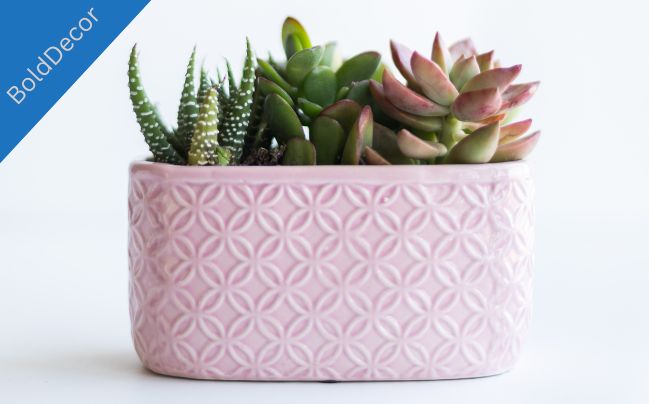Are you looking to add some greenery to your home but don’t have the time or space for high maintenance plants? Succulents are the perfect solution! These hardy plants require minimal care and come in a variety of sizes and colors to fit any home decor.
In this comprehensive guide, I’ll share my top tips and best practices for caring for your succulent plants, whether you’re a seasoned pro or a first-time succulent owner.
Key Takeaways:
- How to care for succulent plants
- Tips and best practices for succulent care
- Caring for succulent plants indoors and outdoors
- The importance of proper watering and sunlight
- Factors to consider when caring for succulents, including humidity and sunlight.
Table of Contents
Understanding Watering and Sunlight Needs
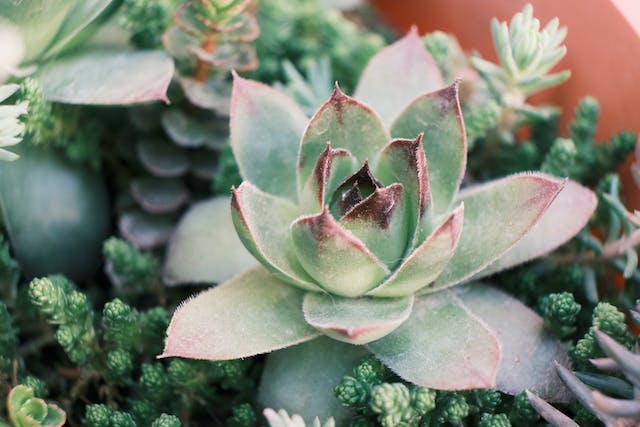
Proper watering and sunlight are crucial for the health of succulent plants. In this section, I will discuss the best practices for watering succulents and finding the right balance of sunlight for optimal growth.
Watering Succulents
Succulents are adapted to survive in arid environments, so they can go for long periods without water. However, it’s essential to water them correctly and avoid overwatering, which can lead to root rot. Here are some tips:
- Water your succulents only when the soil is completely dry. You can check this by inserting a finger into the soil or using a moisture meter.
- When watering, thoroughly soak the soil until water drains out of the bottom of the pot. This ensures that all the roots get watered and excess salts are flushed out.
- Always use a well-draining soil mix that allows water to flow through easily. Avoid using heavy soils such as clay or regular potting soil.
- During the dormant season, reduce watering frequency as the plants will require less water.
Sunlight and Succulent Care
Succulents thrive in bright light, but too much direct sunlight can cause sunburn and damage the leaves. Here’s what you need to know about providing the right amount of sunlight:
- Place your succulents in a sunny spot where they can get at least 6 hours of sunlight per day.
- If you notice the leaves turning white or brown, it’s a sign of sunburn. Move the plant to a spot with less direct sunlight.
- Succulents can also adapt to lower light conditions, but they may become more elongated and leggy. Consider supplementing with grow lights if you’re growing succulents indoors.
By following these best practices for succulent care, you can ensure the long-term health and beauty of your plants.
Indoor Succulent Care Tips
If you’re looking to add some greenery to your indoor space, succulents are an excellent choice. Not only do they come in a variety of unique shapes and sizes, but they also require minimal maintenance.
Here are some indoor succulent care tips to ensure your plants thrive:
Choosing the Best Indoor Succulents
The first step to successful indoor succulent care is selecting the right plants. Some of the best indoor succulents include:
- Haworthia – small plants that thrive in low light conditions
- Aloe Vera – larger plants that are great for improving air quality
- Jade Plant – a popular plant known for its tree-like appearance
When choosing your indoor succulents, look for plants that are healthy and free from any pests or diseases.
Lighting and Temperature
Most succulents require bright, indirect light to thrive. Place your plants near a window that receives plenty of natural light, but avoid direct sunlight, which can scorch the leaves.
Indoor succulents also prefer temperatures between 60-75°F. Keep them away from any cold drafts, as this can cause damage to the plant.
Watering and Soil
Succulents store water in their leaves and stems, so they don’t require frequent watering like other plants. Overwatering can lead to root rot, so it’s best to water your indoor succulents only when the soil feels dry to the touch.
When planting your succulents, use a well-draining soil mix that allows excess water to flow out of the pot. You can also add perlite or sand to the soil to improve drainage.
Potting and Propagation
Most succulents prefer to be in a slightly snug pot, so choose a container that is only slightly larger than the plant’s root ball. When repotting, be sure to use fresh soil mix and wait a few days before watering to allow the roots to adjust.
Succulents are also easy to propagate, making them an excellent choice for beginners. You can propagate your plant by taking cuttings and allowing them to root in a well-draining soil mix.
By following these indoor succulent care tips, you can create a beautiful indoor succulent garden that brings life and character to your space.
Outdoor Succulent Care Tips
If you are looking to create a stunning outdoor succulent garden, proper care is essential to ensure the health and longevity of your plants. Here are some tips for caring for your succulents in an outdoor setting:
Choose the Right Location
- Place your succulents in an area that receives plenty of sunlight. Most succulents thrive in direct sunlight, but some varieties may require some shade during the hottest parts of the day.
- Make sure your plants are not overcrowded. Succulents need enough space to grow and spread out.
- Avoid placing your succulents in areas that are too windy, as strong winds can damage the delicate leaves.
Soil and Watering
Choosing the right soil and watering techniques are crucial to the success of your outdoor succulent garden:
- Use a well-draining soil mix specifically designed for succulents. This will help prevent the soil from becoming waterlogged and promote healthy root growth.
- Water your succulents deeply, but infrequently. Allow the soil to dry out completely between watering to prevent root rot. In general, watering once a week is sufficient, but this may vary depending on your climate and the type of succulent.
- During hot, dry weather, you may need to water your succulents more frequently to prevent dehydration. Check the soil regularly and adjust your watering schedule accordingly.
Protecting Your Succulents
While succulents are generally hardy plants that can tolerate a range of conditions, it’s still important to protect them from common hazards:
- Apply a layer of mulch around your plants to help retain moisture and prevent weeds from growing.
- Protect your succulents from extreme temperatures. Some succulents are frost-tolerant, while others may need to be moved indoors during the winter months.
- Inspect your plants regularly for signs of pests or disease. If you notice any problems, take swift action to prevent them from spreading.
By following these tips, you can create a beautiful and healthy outdoor succulent garden that will thrive for years to come. Remember to choose the right location, soil, and watering techniques, and protect your plants from common hazards.
Factors to Consider: Humidity and Sunlight
The health and growth of succulent plants depend on various factors, including humidity and sunlight. Precisely how much humidity and sunlight do succulents need? This is a common question among many succulent owners. In this section, I will discuss the importance of humidity and sunlight in succulent care and provide tips for creating an ideal environment for your plants.
Do Succulents Like Humidity?
Succulents are adapted to arid environments and are naturally equipped to store water, making them able to survive in humid conditions. However, too much moisture can be detrimental to their health and cause rot. The amount of humidity your succulent needs depends on the type of plant you have and its natural habitat.
If you live in an area with high humidity, you may need to take extra precautions to ensure proper air circulation around your succulent plants. This can be achieved by using fans or opening windows to encourage air movement. Additionally, avoid overwatering your succulents and make sure the soil is well-draining to prevent standing water.
Does Succulents Like Sunlight?
Succulents are known for their love for sunlight. These plants require a lot of sunlight to thrive, but too much direct sunlight can also be harmful. The amount of sunlight your succulent needs depends on its specific variety and natural habitat.
Most succulents do best in bright, indirect sunlight. Too much direct sunlight can cause sunburn, discoloration, and even death of the plant. If you notice your plant’s leaves turning white or brown, it may be getting too much direct sunlight, and you should move it to a more shaded area.
Succulents for Outdoor Plants
Succulents are ideal for outdoor gardens, mainly due to their love for sunlight. The best outdoor succulent plants vary depending on your location and climate. If you live in a particularly arid or sunny area, consider planting more sun-tolerant succulent varieties like sedum, agave, or echeveria.
On the other hand, if you live in a cooler or more humid climate, consider planting succulent varieties that can tolerate more shade and moisture, such as jade, snake plant, or haworthia.
| Sunlight Requirements | Low to Medium | Medium to High |
|---|---|---|
| Indoor Succulents | Jade | Aloe Vera |
| Outdoor Succulents | Haworthia | Agave |
As shown in the table above, the sunlight requirements for different succulent plants vary based on their location and type. Knowing which varieties need more or less sunlight can help you decide on the best outdoor plants for your garden.
The Benefits of Growing Succulents
Not only do succulents bring beauty and life to your space, but they also offer several benefits. Did you know that succulents can purify the air around you by absorbing toxins? They can also improve your mood and reduce stress levels.
Flowering Succulents Indoors
If you’re looking to add some color to your indoor garden, consider growing flowering succulents. These plants not only add a pop of color but also provide beautiful blooms that can last for weeks.
Bottom line
With the right care and attention, your succulents will thrive and bring beauty to your space. I hope this guide has provided you with the necessary information to care for your succulent plants and that you feel more confident in your ability to provide them with the best possible care.
FAQ
How often should I water my succulents?
Succulents have unique water needs. It’s best to water them sparingly, allowing the soil to dry out between waterings. Typically, this means watering every 1-2 weeks, but it can vary depending on factors such as the climate and the type of succulent you have.
How much sunlight do succulents need?
Succulents thrive in bright, indirect sunlight. They need at least 4-6 hours of sunlight per day, but be cautious of intense, direct sunlight, especially during hot summer months. If your succulents start to show signs of sunburn or discoloration, move them to a spot with less direct sunlight.
Can I grow succulents indoors?
Absolutely! Many succulents make great indoor plants. They enjoy bright, indirect sunlight near a window. Just make sure to rotate them occasionally to ensure even growth and avoid stretching towards the light. Additionally, choose succulents that are well-suited for indoor conditions, such as snake plants or jade plants.
What are some good succulents for outdoor gardens?
There are plenty of stunning succulents that thrive in outdoor gardens. Some popular choices include hens and chicks (Sempervivum), stonecrop (Sedum), and agave. These plants are hardy and can withstand various weather conditions. Make sure to consider your climate and choose succulents that are suitable for your region.
Do succulents like humidity?
While succulents prefer drier conditions, they can tolerate some humidity. However, high humidity levels can increase the risk of fungal diseases. To prevent issues, make sure the soil is well-draining, and avoid overwatering. If you live in a humid area, consider using a fan to improve air circulation around your plants.
How do I encourage my succulents to flower indoors?
Flowering in succulents can be a bit tricky, especially indoors. However, you can encourage flowering by providing the right conditions. Make sure your succulents receive enough light, as this helps trigger blooming. Additionally, consider providing a period of cool temperatures (around 50-55°F) for a few weeks in the winter, as this can stimulate flowering.
What are the benefits of having succulents?
Succulents offer numerous benefits. They are low-maintenance plants, making them perfect for busy individuals. They add a touch of natural beauty to any space, indoors or outdoors. Additionally, succulents are known for their air-purifying qualities, improving the air quality in your home or office.

